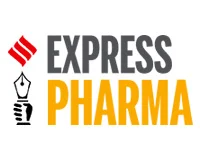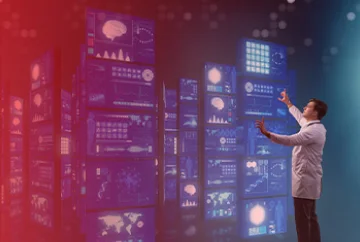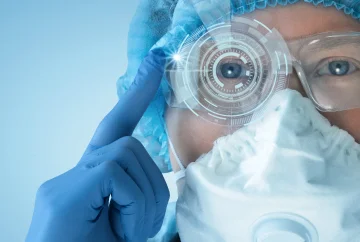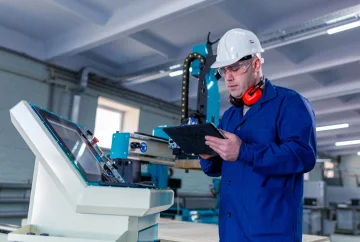The urgent situation has compelled agencies to be more vigilant and proactive in determining the effects of the pandemic for better patient care and work closely with industry toward brining vaccines and therapies to market much faster, resulting in the Corona Virus Treatment Acceleration Program (CTAP) and Emergency Use Authorization (EUA). Pharmacovigilance processes have always been a labor-intensive endeavor and with industry becoming more cost-conscious and having to handle more real-world data sources than ever before, advanced big data analytics technology is poised to vastly improve efficiency and effectiveness of pharmacovigilance.
Just some of the data sources that must be scoured for potential safety signals are call centers fielding reports from patients and healthcare practitioners; electronic health records; clinical trials data; medical insurance claims; post-marketing safety studies; scientific literature; regulatory and non-government databases; legal cases and more and more from social networking. The process of finding reportable adverse events from all of this varied data coming from many sources requires significant manual effort to review and curate and is prone to human error, resulting in missed safety signals, very high skilled labor costs and higher non-compliance risk. The problem of data explosion worsens when you consider pharma companies operating in multiple geographies, receiving information about suspected adverse drug reactions (ADRs) in various languages across disparate channels.
Interestingly, the expectations of younger, technology-enabled consumers are changing the way pharma companies manage and respond to pharmacovigilance events, in light of heightened public awareness and scrutiny of the industry. Younger customers are empowered and have a voice that can be leveraged by companies in a positive light to reveal insights to accelerate product improvements and drive innovation.
To put the challenge in perspective, one of our pharmaceutical clients supports a staff of 2700 people working 24x7 to scan through around 200,000 literature abstracts every year to find items which contain potential safety signals. Out of those abstracts, maybe 50% are of interest, and from there only 5-8% become reportable adverse events. And with the volume of reviewable data increasing by at least 15% annually, it becomes apparent that legacy pharmacovigilance workflows and systems need overhaul to reduce the cost of compliance and improve the speed and effectiveness of safety signal detection. Rapid and deeply insightful safety signal detection is especially critical in the search for a vaccine to quell the COVID pandemic because vaccines are injected into otherwise healthy people, so the risk/benefit curve for vaccines is especially steep. The data coming out of clinical trials is critical input to understanding which vaccine candidates are looking to be safe and effective and which may not. It is as critical that we find promising candidates quickly as it is to abandon likely failures quickly, so resources can be quickly reallocated.
Birlasoft has invested in next generation transformational solutions powered with cognitive technologies including ML/AI and natural language processing. These technology-empowered solutions have the capacity to deliver insights from the data-based evidence coming out of clinical trials to help us very rapidly understand which drug and vaccine candidates we should double down on because they hold the most promise to be effective and safe, vs. those in which we should stop investing.






